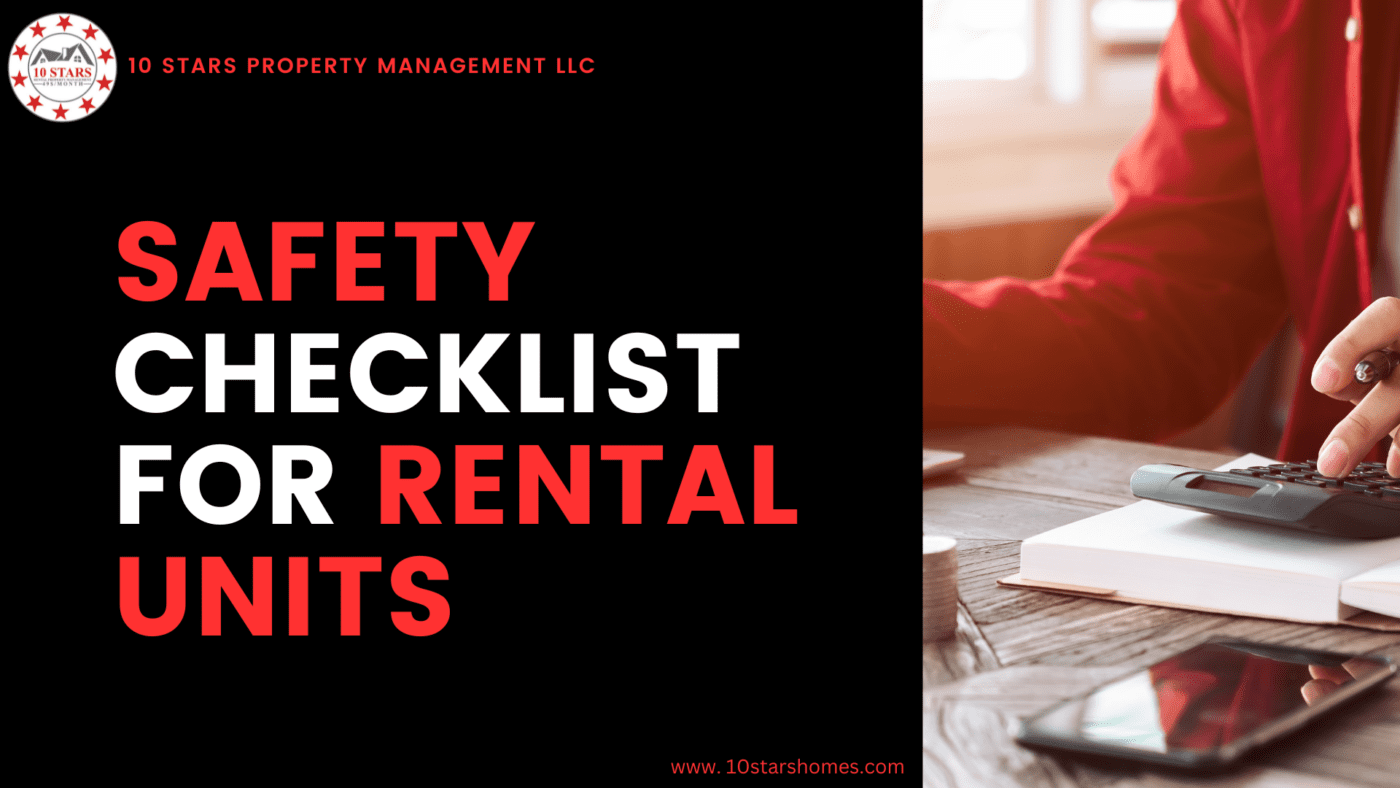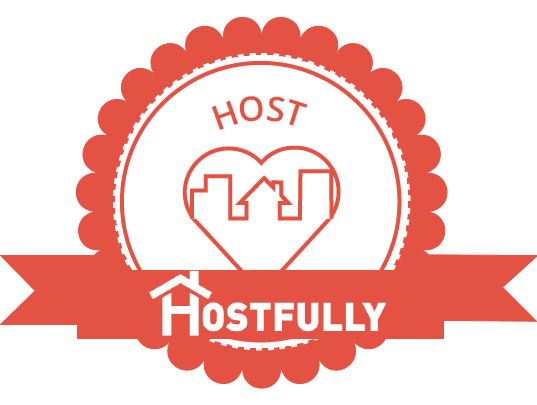As a landlord, it is your responsibility to provide a safe living environment for your tenants. A thorough safety checklist is crucial in ensuring that your rental units are up to code and that your tenants are protected from potential hazards. In this blog post, we will discuss the important items to include in a rental unit safety checklist.
-
Smoke Detectors: The first item on your rental unit safety checklist should be smoke detectors. Smoke detectors are required in every bedroom and on every level of the home. Make sure that all smoke detectors are working correctly, have fresh batteries, and are mounted properly.
-
Carbon Monoxide Detectors: Carbon monoxide is a colorless, odorless gas that can be deadly. Carbon monoxide detectors should be installed in all rental units that have fuel-burning appliances such as furnaces, water heaters, and stoves.
-
Fire Extinguishers: Fire extinguishers should be located in an easily accessible area in the rental unit. Tenants should be instructed on how to use the fire extinguisher in case of an emergency.
-
Electrical Safety: Electrical hazards can be a significant risk in rental units. Ensure that all electrical systems are up to code, outlets are not overloaded, and electrical cords are not frayed or damaged.
-
Heating Systems: Heating systems should be inspected and maintained regularly to prevent carbon monoxide leaks or fires. Make sure that tenants are aware of the proper use of space heaters and are instructed to keep flammable objects away from heating sources.
-
Gas Lines: Gas lines should be checked for leaks regularly to prevent gas explosions or fires. Tenants should be made aware of how to turn off the gas in an emergency.
-
Water Heater: The water heater should be set to the proper temperature and inspected regularly to ensure that it is functioning correctly. Tenants should be instructed not to tamper with the water heater or adjust the temperature.
-
Plumbing: Plumbing systems should be checked for leaks regularly to prevent water damage or mold growth. Tenants should be instructed on how to turn off the water in an emergency.
-
Windows and Doors: Windows and doors should be secure and have functioning locks. Tenants should be instructed on how to lock windows and doors properly.
-
Stairs and Handrails: Stairs and handrails should be secure and in good condition. Make sure that handrails are installed on both sides of the staircase and that stairs are free of debris and obstacles.
-
Outdoor Lighting: Outdoor lighting should be installed in common areas and around the perimeter of the rental unit to prevent accidents and deter crime.
-
Fire Escapes: Fire escapes should be inspected regularly and kept free of debris and obstacles. Tenants should be instructed on how to use the fire escape in an emergency.
-
Pest Control: Rental units should be treated regularly for pests to prevent infestations. Tenants should be instructed on how to report pest problems and what steps to take to prevent pest infestations.
-
Emergency Contact Information: Make sure that tenants have access to emergency contact information, including your contact information, the fire department, police department, and hospital.
-
Tenant Responsibilities: Tenants should be instructed on their responsibilities to keep the rental unit safe, such as not tampering with smoke detectors or leaving flammable objects near heating sources.
In conclusion, a rental unit safety checklist is essential in ensuring that your rental units are up to code and that your tenants are protected from potential hazards. As a landlord, it is your responsibility to provide a safe living environment for your tenants. Use this checklist as a starting point to ensure that your rental units are safe and up to code. Remember to inspect and maintain your rental units regularly and provide your tenants with the necessary information to keep themselves and their home safe.










